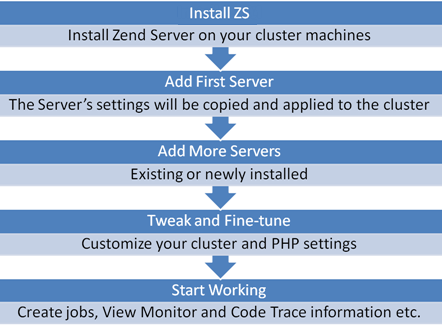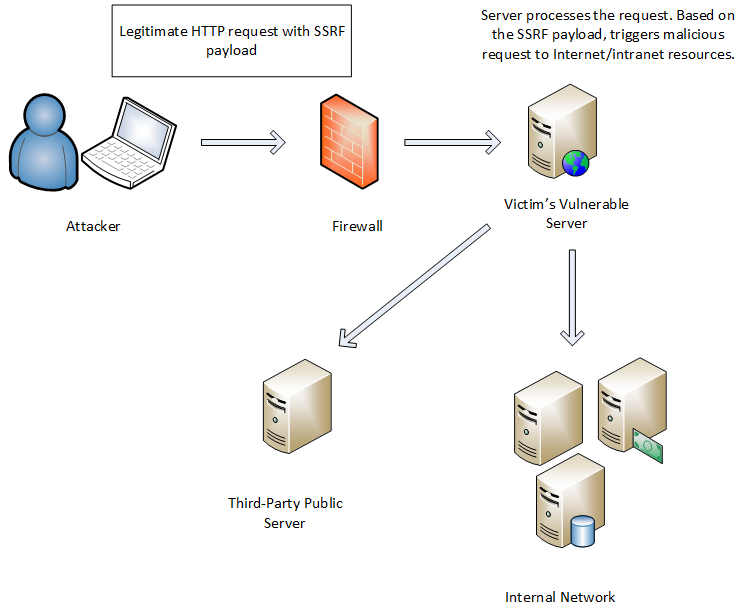

- Icefaces clustered environment how to#
- Icefaces clustered environment series#
- Icefaces clustered environment windows#
The original test configuration for ICEfaces was concurrentDOMviews="true", but under the test conditions every GET request created a new view that would consume resources for the duration of the test, as the necessary onunload() events never occurred.
Icefaces clustered environment windows#
ICEfaces includes a feature called Concurrent DOM Views that supports opening multiple windows or tabs onto the same ICEfaces application, maintaining independent state for each view, and sharing a single Ajax Push connection between all views.

The problem is compounded by misconfiguration of ICEfaces for this type of test. ICEfaces includes logic to clean up resources related to window onunload() events that should occur with each page refresh, but the test methodology did not account for this.
Icefaces clustered environment series#
If a simulated browser simply sends a series of GET requests, while neglecting to send messages generated for window onunload(), it appears to the Ajax framework as if the user has opened, and expects to interact with, a great many separate browser windows. This allows the load test to complete more rapidly, but if you are load testing a production application this would not be a recommended approach, as it does not simulate realistic delays between user requests.ĭespite the limitations and lack of scope existing in these tests, they do exercise the initial page load characteristics of the framework, provided that they properly simulate real-world client interaction with the application. Furthermore, because the simulated clients interact with the server so frequently, more working memory is required in the heap than may be necessary to handle a real-world load. The heap measurement is likely similar to steady-state heap use under the number of simulated users, but it does not take into account different memory use patterns during Ajax interaction or input processing. For this reason, the latency measurement in this test should be interpreted as the latency of the initial page view under load, not as typical interaction latency. Strictly speaking, this test does not exercise the Ajax functionality of the various Ajax frameworks, since the majority of Ajax interaction does not take place via full-page refresh. Problems With the TestsAll three tests follow a similar methodology that involves loading the system by repeatedly refreshing a page in the application under a variable number of simulated users. The author of the original article was negligent in his application of the test methodology to ICEfaces, and published completely erroneous results for the ICEfaces framework. The developer works mostly with the ICEFaces components and Java and not JavaScript.The purpose of this article is to present accurate performance results for the ICEfaces RIA framework, correcting gross errors originally published in the article Performance Report of Server Side RIA Frameworks. The framework exists on the server-side and produces AJAX-enabled content to be rendered on the client-side. ICEFaces leverages the JavaServer Faces (JSF) technology and extends the JSF component suite with a set of AJAX-enabled components that allows the development of highly interactive, thin-client, visually rich internet applications (RIA). ICEFaces is an open source Ajax application framework for developing Web 2.0 applications in a Java Enterprise Edition (JEE) platform.

This course not only covers the technology, but also provides useful tips on best practices and design patterns.

Icefaces clustered environment how to#
It also covers how to incorporate the ICEFaces components into web pages, how to push server initiated content rendering to the client, how to build secure Web 2.0 applications while preventing cross-site scripting, malicious code injection and unauthorized data mining, and how to build scalable Web 2.0 applications using clustering. This course is designed to provide in-depth instruction in the ICEFaces architecture and its component suite and how to apply it to Web 2.0 applications, including building rich browser-based user interfaces with ICEFaces.


 0 kommentar(er)
0 kommentar(er)
